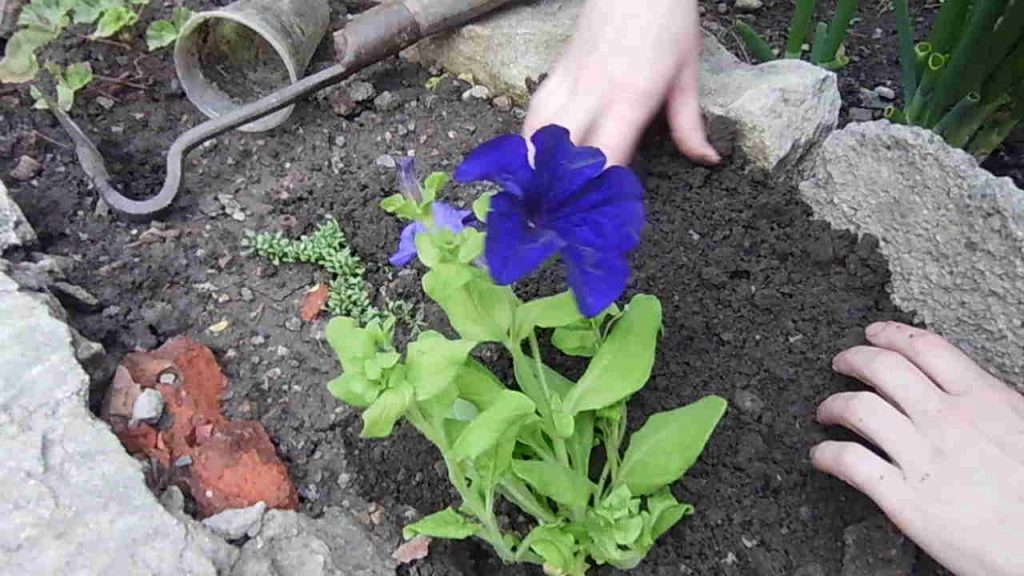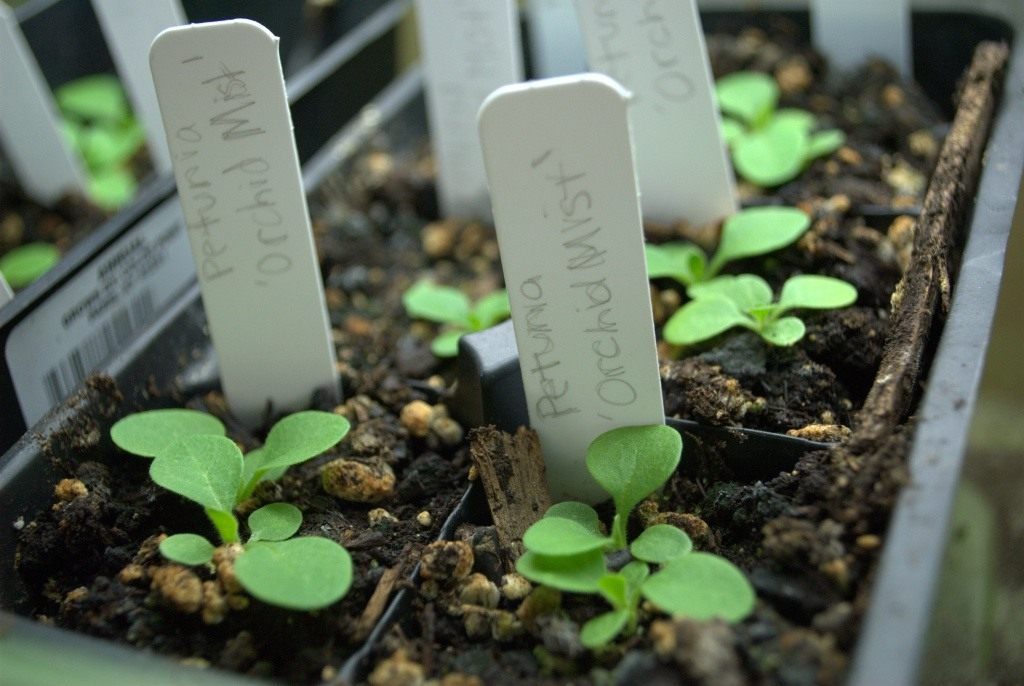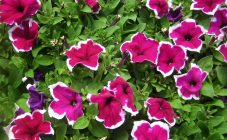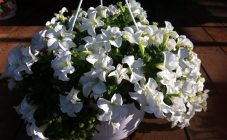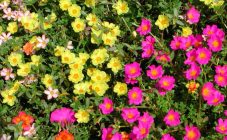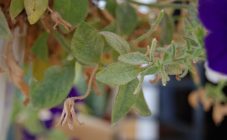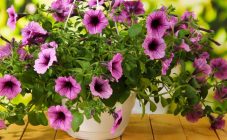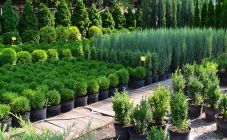Petunia Gioconda is a modern petunia variety with many aesthetic characteristics. This is a species with a lot of flowers. Small-flowered petunia is a type of cascade culture. It should be planted in pots due to the creeping nature of the shoots. Bright double flowers of large size look fabulous, even though this petunia is short. It spreads over a lush carpet, which attracts flower growers.
Characteristics of the Gioconda petunia
Petunia creeping F1 Gioconda, like other hybrids, is an annual plant. He has no seeds. The reason lies in the male flowers: they are sterile. There is a downside: for the same reason, the plant is replete with buds 10 cm in diameter. The shades of the inflorescences surprise with their diversity:
- white;
- yellow;
- orange;
- blue;
- soft peach;
- bright orange;
- purple;
- burgundy scarlet;
- pastel pink.
These varieties of bush petunias can be grown in hanging pots, for example, on the balcony, as well as outdoors in flowerpots and flower beds. In the latter case, you can dream up, come up with interesting compositions with flowers falling in a waterfall. The advantage of small-flowered petunia, ampelous variety is its flowering even after planting in the ground. The stems grow a meter long - powerful, strong. The optimal place for this flower will be vertical lawns and decorative frames. Large-flowered bush
The next important plus is the high resistance of the flower to frost. A low-growing variety of flowerbed petunia can tolerate temperatures up to -7-8 degrees. In order to adapt, the plant slows down a little its growth. For this variety of petunias, the heat, reaching +40 degrees, is not terrible either. It is the most persistent of all petunias.
In addition to the obvious advantages of petunia Gioconda mini variety, it has some disadvantages noted by many gardeners:
- Plants that are planted in an open planter can take on an unpredictable appearance, which is not always good for the aesthetics of the composition;
- it is difficult for the plant to keep its shape due to the large number of climbing stems;
- arrangement of buds: sometimes there are many of them in one place, and in another they are absent.
The best varieties of petunias for hanging pots are Easy Wave, Surfinia, Shock Wave, Opera Supreme. The best small-flowered dwarf petunia - Niagara, Cascade mix, Cascade plume Vein.
Recommendations for cultivation and care of the variety
Before planting a plant, you need to purchase good quality seeds from a trusted manufacturer. This is the first stage in the successful cultivation of La Gioconda. The plant needs good illumination - for 11 hours. The optimum temperature for the good development of a small petunia variety is +22 degrees. If possible, you should choose a warm, sunny place for planting.
Soil requirements:
- saturation with useful elements, soil of loose consistency, the soil must "breathe";
- the ability to retain moisture for a long time without stagnation.
To ensure the optimal acid-base balance, it is better to make your own soil. To prepare it you need:
- rotted compost;
- already decomposed peat;
- leafy land (sod);
- sand.
Mix everything in the same proportion, except for sand: take it in half the size of other ingredients.
La Gioconda, like all petunias, has small seeds.You will have to use tweezers to avoid losing them. When planting, it is enough to simply scatter over the soil surface, without deepening. The soil should be moistened and sprinkled with a thin layer of dry soil. It is recommended to carry out the procedure in early spring and late winter. Do not forget about the need to ensure a long light period.
After a week, you can see the first shoots. They need air. After the seedlings have grown stronger, you can safely transplant to a permanent place. Sprouts require hardening. To do this, it is necessary to expose the seedlings to the open air.
To get the desired shape, you should pinch from above. In this case, the plant will delight the gardener with its splendor, density.
By following these recommendations, you can admire the lush bloom from year to year.


